10 Traditional Indoor Games in India
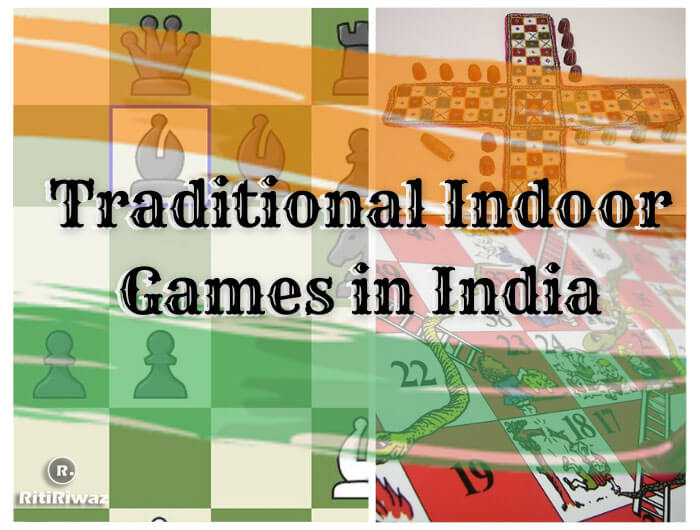
Traditional Indoor games played in India are a storehouse of knowledge waiting to be discovered. We recollect with happiness our childhood games and gadget-free days. Today with the increasing prevalence of video games, online games, and gaming gadgets, these traditional games have lost their importance.
We had a variety of Indian traditional indoor games that we would play and keep ourselves entertained. Age was no bar for these games to be played indoors grandparents, siblings, cousins, aunts, uncles, and parents anybody can be a part of them. Playing games has always been an exciting part of growing up for us all. Sports is a great way to make friends and be healthy as well. Teach your kids to play the games that your forefathers grew up playing.
Chess
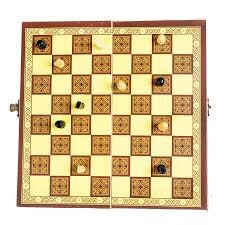
Ashtapada is the Indian oldest board game that predates chess. It is revered as an indication of a man’s intelligence and strategic capabilities. Many of India’s folktales are littered with stories of kings and emperors and their chess games. Even the Mahabharata has a crucial episode that involves chess.
Ashtapada, Chaturanga, or chess is played by two to four players. Chess is excellent for overall mental development. Many schools encourage children to pick up chess. Chess has a very positive effect on children and adults both.
Suggested Read: International Chess Day
Mancala
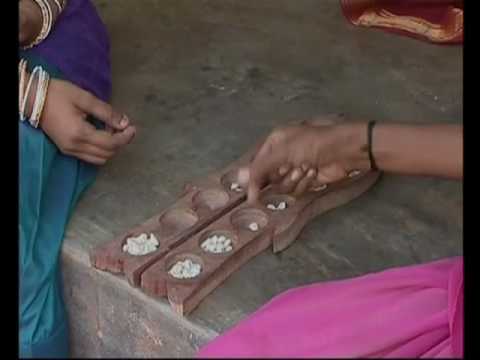
Mancala is a game that makes regular appearances on board game nights. Played by school children and bar patrons alike, the game is immensely popular and we all have a cousin or a friend with a board and a set of marbles.
Mancala is played on a rectangular board with 2 rows and 7 columns on either side. There are a total of 14 cups. Seeds, shells, and small stones are all commonly used as counters in the board game. As the game proceeds, each player distributes the shells over all the pits. The players may capture the shells, as permitted by the rules of the game. The rules of capture depend on the variant of the game played. The game ends when one of the players captures all the shells and is declared a winner.
Pachisi (Ludo)

Ludo is a strategy board game for two to four players, in which the players race their four tokens from start to finish according to the rolls of a single dice. The game and its variations are popular in many countries and under various names. The earliest evidence of this game in India is the depiction of boards on the caves of Ajanta. This game was also played by the Mughal emperors of India, a notable example being Akbar. Pachisi or Chaupar is a well-known board game since it was the genesis of the Kurukshetra war in Mahabharata.
It is a board game that originated in ancient India. The name of the game ‘Pachisi’ has come from the Hindi word pachis, meaning twenty-five. The name of the game is also called Twenty-five, as the largest score that can be thrown with the cowrie shells. The game is played between four players, divided into two teams. Players play with four beehive-shaped pieces in the color black, red, yellow, and green.
Carrom
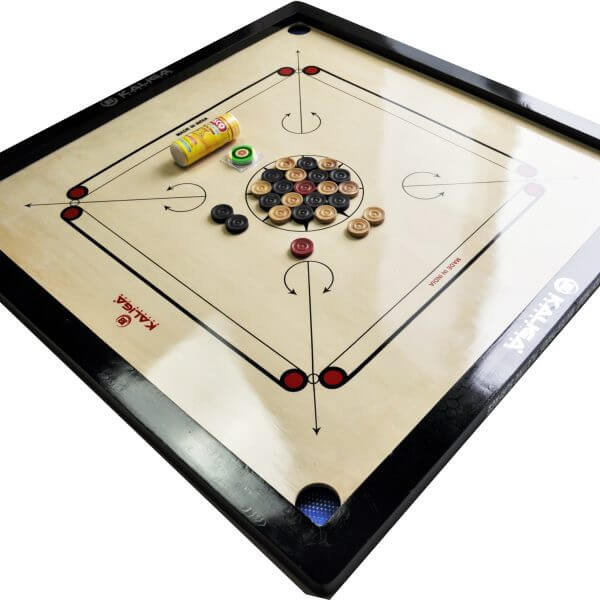
The history of Carrom in India goes back a long way to the 18th century. The carrom game is commonly played in a group in India often at social events with family or with friends. This game, which was once treated as a simple game meant for pastime, is now being played by almost 20 million people in India alone.
Carrom is generally played by two or four people. The game is also known by many other names around the globe such as carrom, couronne, carum, karam, karom, karum, and finger billiards. The board size varied from 32″ and 54″ square. The game was played with 12 black and 12 white carrom men with no queen. Later of course it was increased to 25 with one queen, but no control over the weight and size of carrom men. Different point rules were followed at different places. The strikers of any shape, size, weight, and fabric like plastic, ebonite, vulcanite, etc. were being used. Ivory-made strikers were also used by the elite class.
Snakes and Ladders

Moksha Patam or Parama Padam is a game of dice popularly known as Snakes and Ladders that originated in India. It originated in ancient India and is now played in the rest of the world. The game is not only for entertainment but also to teach player morality. The players move from lower levels to higher levels like in spiritual enlightenment and finally Moksha.
Suggested Read: Snakes and Ladders originated in India
Lattu (Spinning Top)
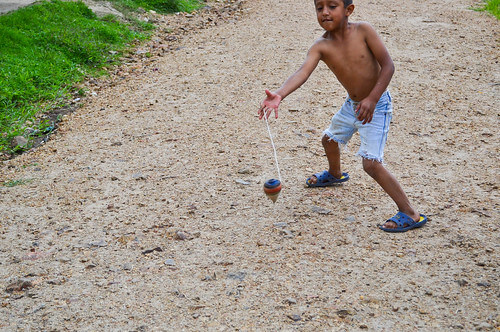
Lattu is a traditional game that used to be extremely popular among children in India. Lattu, or the spinning top, has been around for thousands of years. A string is wound around the top, which is then flung on the ground to spin.
Spinning the top on the metal nail is a wonderful skill – a skill that is dying out. Play just like the old days, teach your child to spin the Wooden Top by Winding the thread and releasing it with the flick of the wrist. It is an art in itself. Once you are a master at flicking the Top then you can advance on to various more tricks. Wooden spinning tops are a great toy to encourage kids to play indoors or outside!
Cowrie (Shell Game)
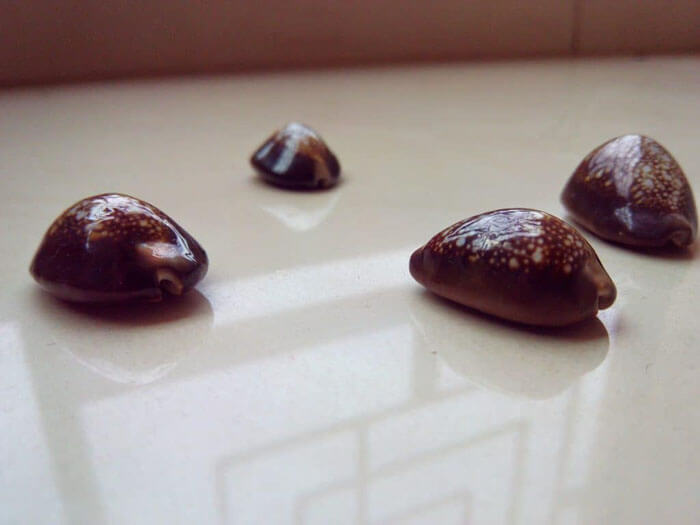
Played with cowrie shells, this is a fast-paced but simple game for all ages. The Shell Game is played with 4 or 5 cowrie shells, as is traditional in Indian games. As it can be played by any number of people, the game is a wonderful way to spend a family evening.
Lakhoti (Marbles)
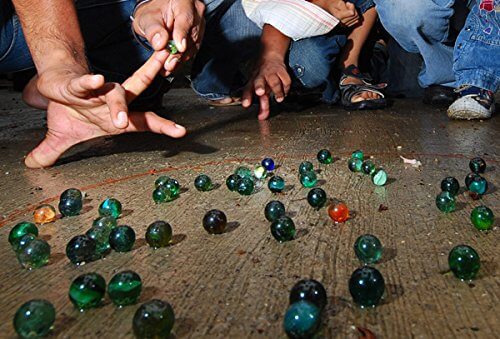
Marbles, which originated in the Harappan Civilization, are used to play the game. Golli is also called ‘Kanchey’ in North India and ‘Marble’ in the English language. It is still very popular among kids in rural areas. The game is played with round glass marbles and the motive is to collect as many marbles as possible by shooting and striking other marbles with the ones you have. The game helps improve concentration. This game which was once very popular is slowly dying out.
Suggested Read: Culture and Tradition of Indian States
Gutte/Five Stones
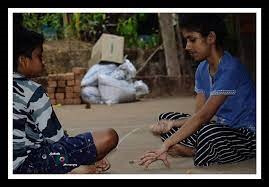
Gutte or Gitte is a traditional game of India, which is played both by children and elders. The game involves five small stones or pebbles that each player needs to spin in the air. You must pick up other stones from the ground and toss and spin one stone in the air before it strikes the ground. Up until an airborne Gutte hits the earth, the procedure is repeated. When there are several stones in the air, the process becomes more difficult.
Antakshari

Antakshari is a popular game played indoors where players are divided into two teams. Each team sings the first verse of the movie song that begins with the consonant on which the previous team ended their song.
”Baithe baithe kya kare, karna hai kuch kaam.” ”Shuru karo Antakshari, leke Prabhu ka naam.” is thew most sung iconic lines while starting Antakshari.
Suggested Read: solitaire masters
